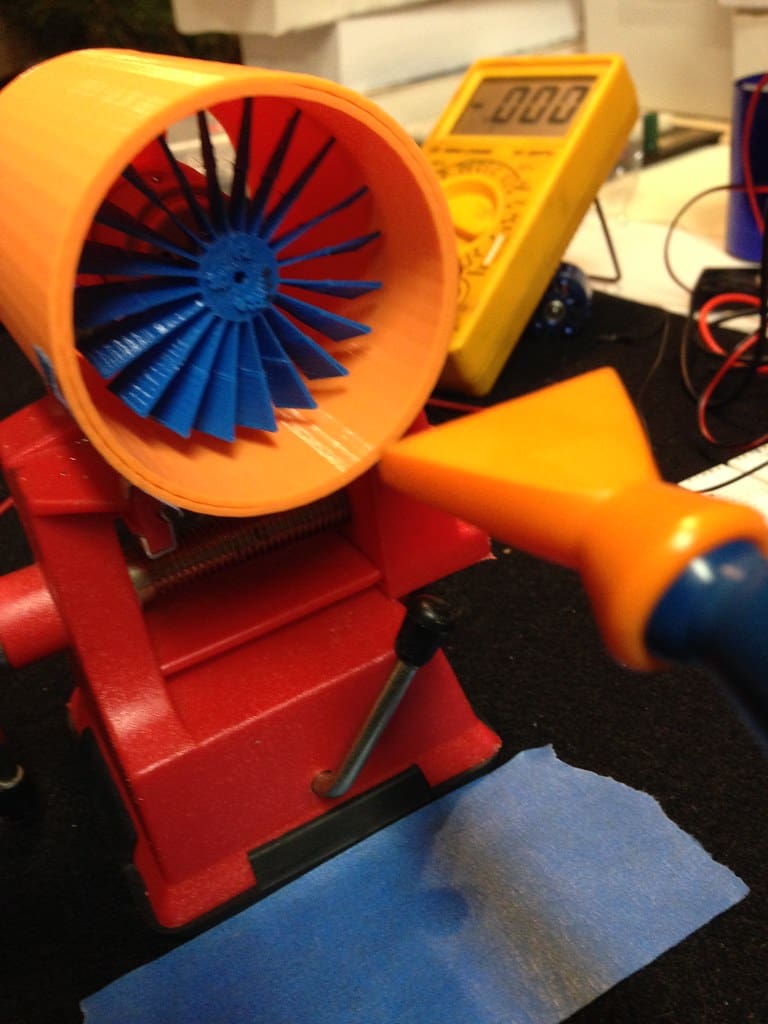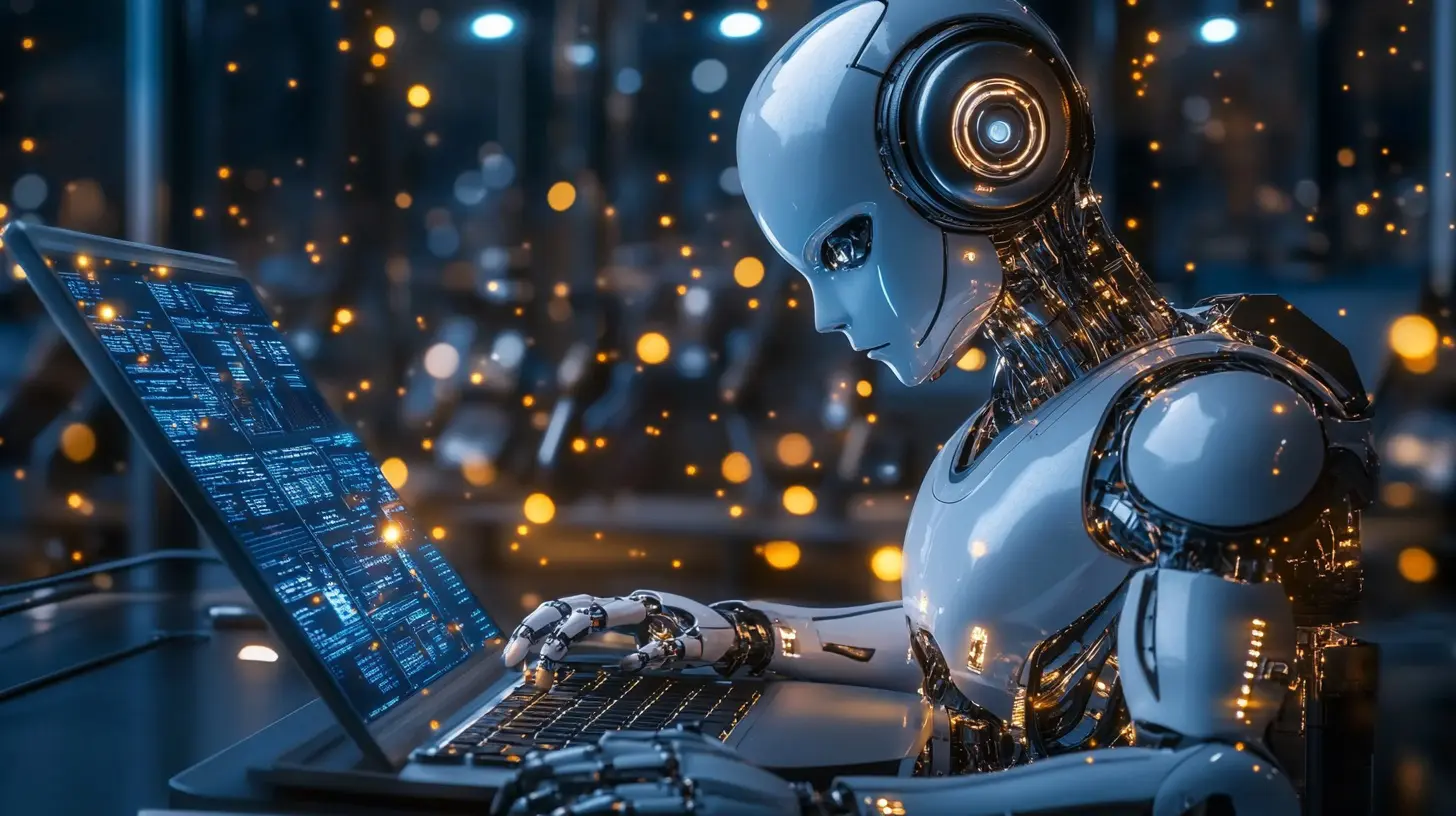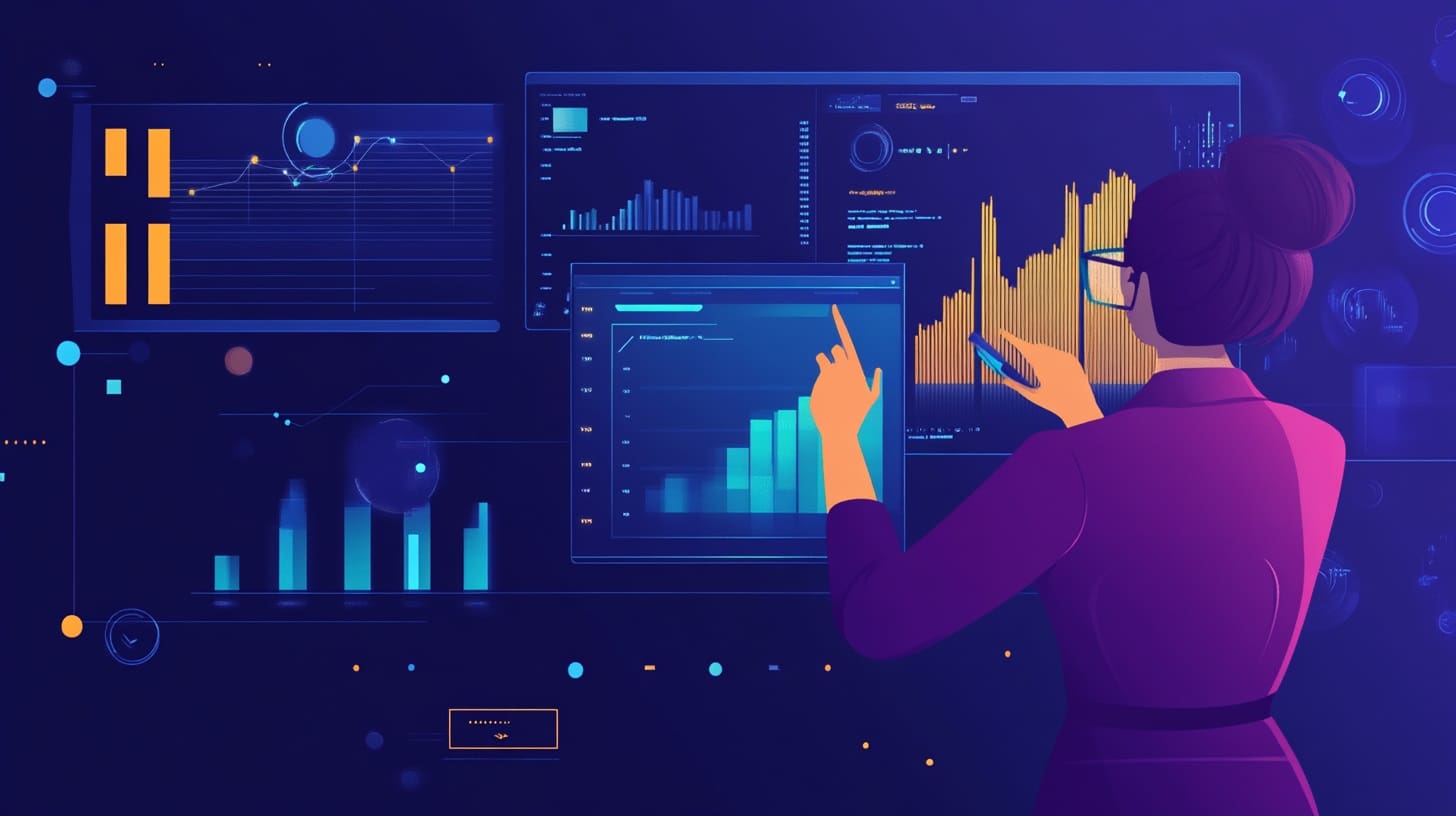Wind energy, a cornerstone of the global shift towards renewable power sources, is increasingly benefiting from advancements in 3D printing technology. Also known as additive manufacturing, 3D printing is revolutionizing how wind turbines are designed, manufactured, and maintained. This innovative approach offers substantial improvements in the efficiency, cost-effectiveness, and environmental sustainability of wind turbine production. As the demand for cleaner energy solutions grows, 3D printing emerges as a transformative force in the wind energy sector, enabling more rapid deployment and innovation.
The Emergence of 3D Printing in Wind Turbine Manufacturing
Initially utilized for prototyping in various industries, 3D printing has expanded its reach to include the production of functional, structural components for wind turbines. This shift is driven by the technology’s ability to create complex, lightweight structures that traditional manufacturing methods cannot achieve efficiently. Today, 3D printing is not just revolutionizing how individual components are made but is also rethinking entire assemblies within wind turbines, enhancing their performance and reducing their environmental impact.

Advantages of 3D Printing in Wind Turbines
Customization and Complex Geometries: 3D printing excels at producing parts with complex geometries, allowing for the optimization of components such as turbine blades, nacelles, and tower sections. These parts can be tailored to specific environmental conditions, improving energy capture and operational efficiency.
Weight Reduction: One of the most significant benefits of 3D printing is its ability to produce lightweight components. Lighter turbine blades and structures mean lower transportation and installation costs and potentially longer lifespans for bearing and structural supports.
Material Efficiency: Additive manufacturing minimizes waste by using only the material necessary to build a part, aligning with the sustainability goals of the renewable energy industry. This efficiency reduces the cost and environmental impact associated with raw materials.
Rapid Prototyping and Innovation: 3D printing facilitates rapid prototyping, allowing for faster design iterations and testing. This accelerates innovation in turbine design and enables manufacturers to implement improvements quickly, keeping pace with technological advancements in the renewable energy sector.
Key Applications of 3D Printing in Wind Turbines
Turbine Blades: Perhaps the most critical application of 3D printing in wind turbines is the production of turbine blades. These components can be designed with internal structures that optimize strength and flexibility, enhancing their performance and resistance to environmental stresses.
Spare Parts for Maintenance: 3D printing allows for on-demand production of replacement parts, reducing the need for large inventories and enabling quicker response times for maintenance and repair, which is particularly beneficial for offshore wind farms.
Custom Tools and Fixtures: Specific tools and fixtures required for turbine maintenance can be 3D printed on-site, which is especially useful in remote areas or offshore locations. This not only cuts logistics costs but also speeds up repair and maintenance operations.
Nacelle and Housing Components: The nacelle, which houses critical components of the wind turbine, including the generator and gearbox, can benefit from 3D printed parts that are optimized for weight, durability, and integration of complex features.

Challenges in 3D Printing for Wind Turbines
Despite its benefits, the integration of 3D printing into wind turbine manufacturing faces several challenges:
Material Durability and Performance: Ensuring that 3D-printed materials can withstand the harsh conditions typical of wind turbine operations, such as high winds, UV exposure, and temperature fluctuations, remains a significant challenge.
Scaling Production: While 3D printing is excellent for producing prototypes and small batches, scaling up to industrial quantities required for mass production of turbines poses economic and technical challenges.
Certification and Standards: Wind turbines are highly regulated, and obtaining certification for 3D-printed components involves rigorous testing to meet international safety and performance standards.
Future Directions in 3D Printing for Wind Turbines
The future of 3D printing in wind turbine manufacturing looks promising, with ongoing advancements in printer technologies, materials science, and digital design expected to overcome current limitations. Innovations such as larger-scale printers and new material formulations will likely enable more widespread adoption of 3D printing in this field.
3D printing is poised to continue its transformative impact on the wind energy sector, offering novel solutions that enhance the design, production, and maintenance of wind turbines. As the technology evolves, it promises to play a crucial role in meeting global energy demands sustainably, driving forward the development of more efficient and cost-effective wind power solutions.








